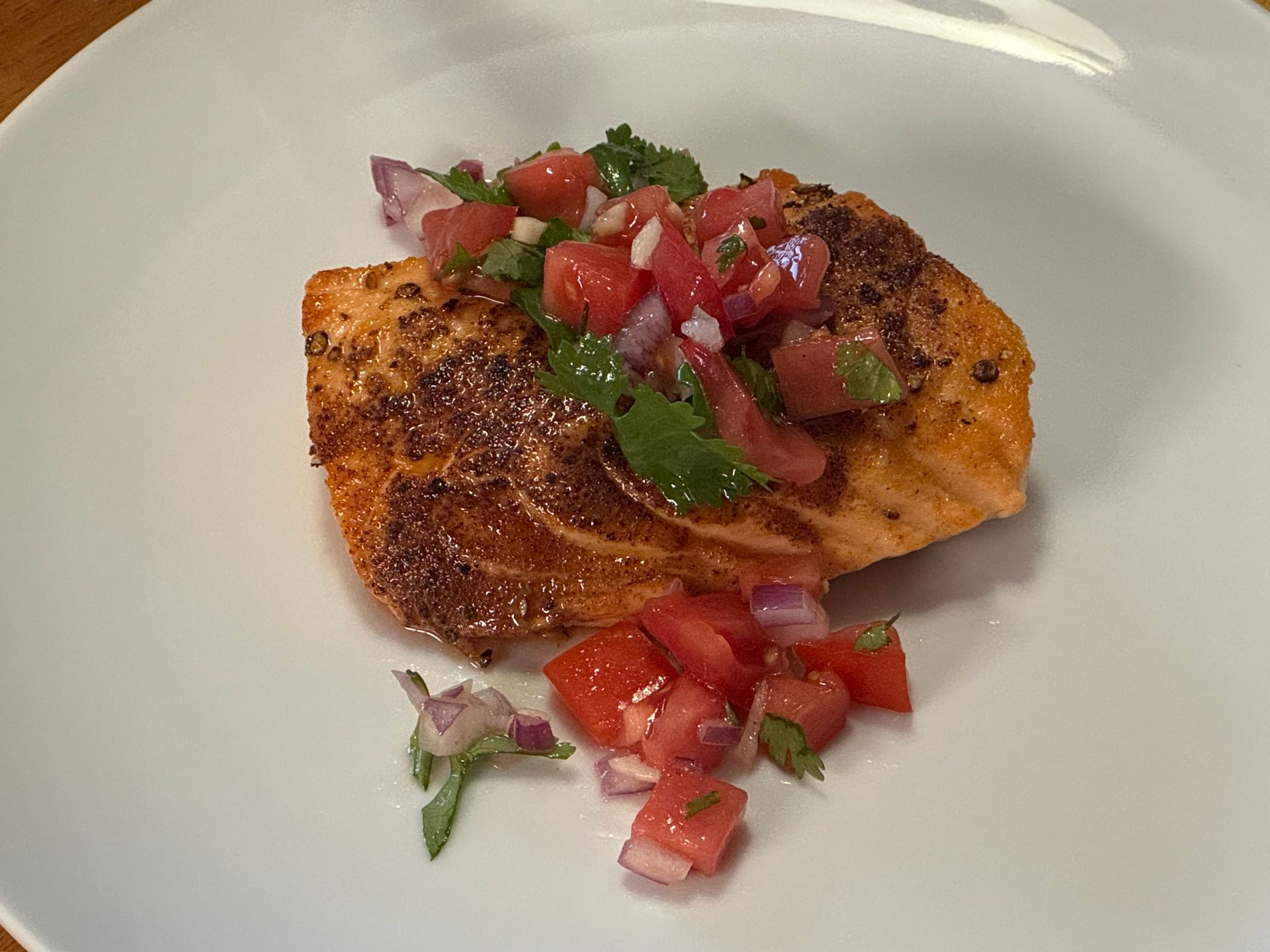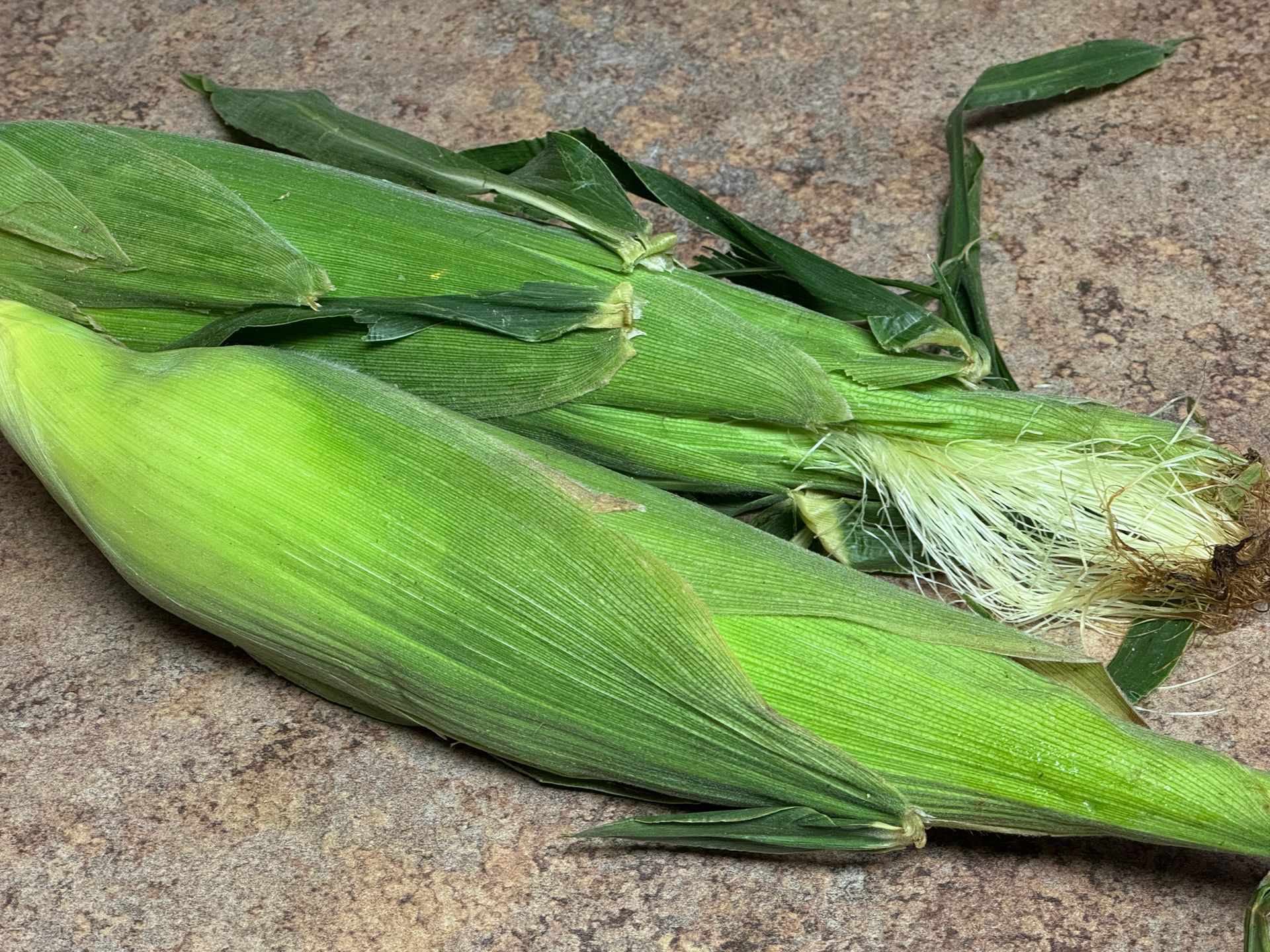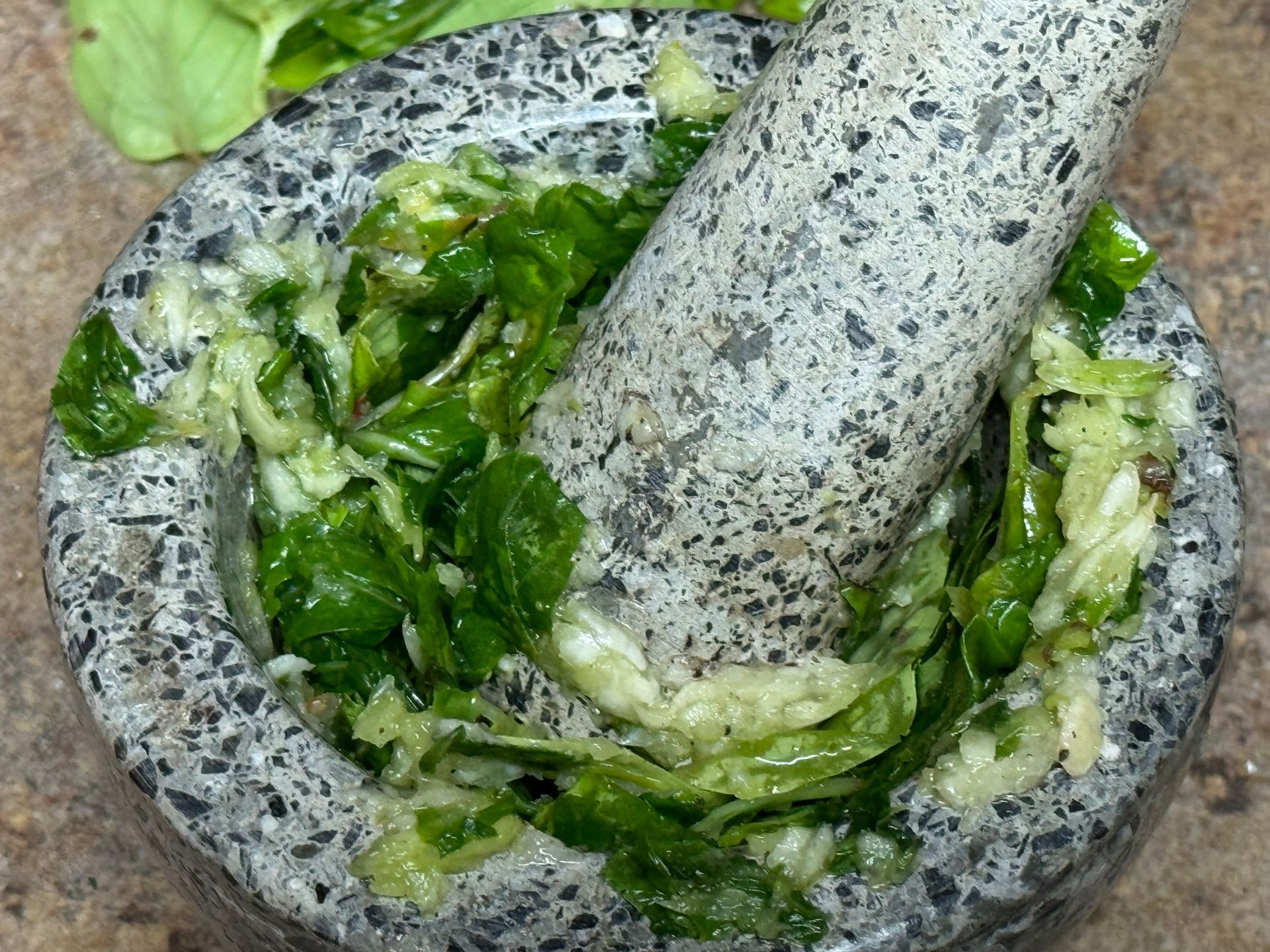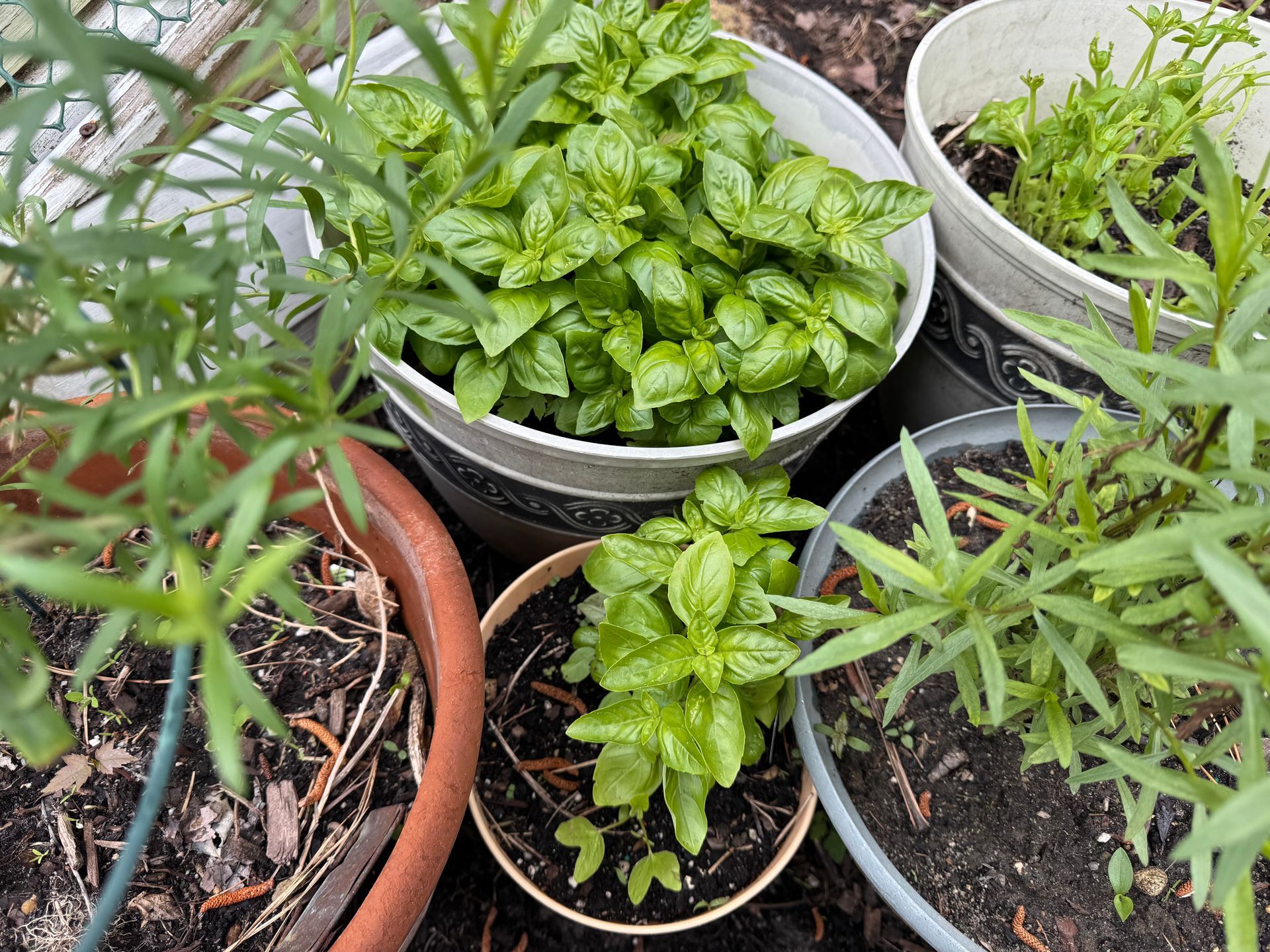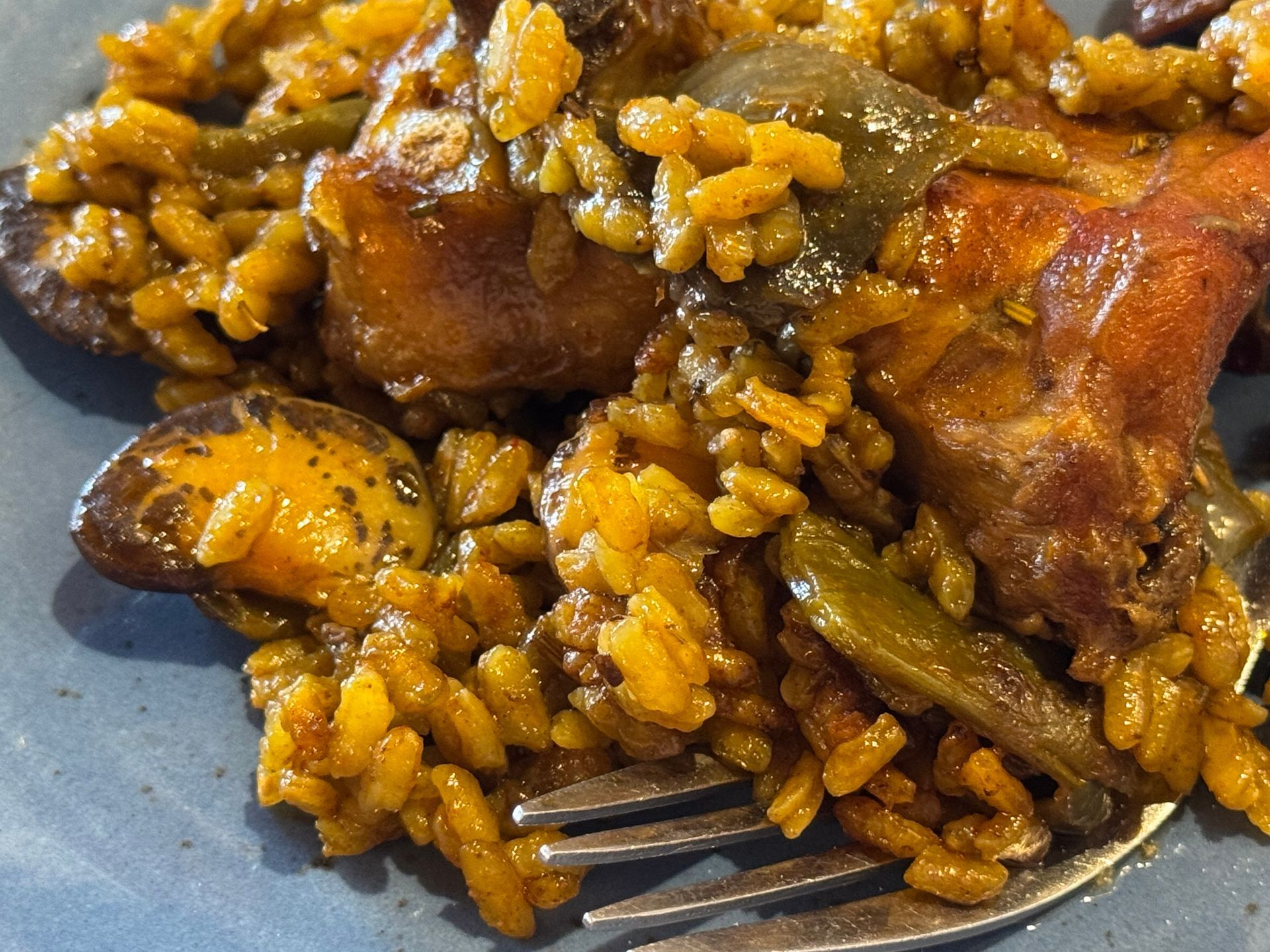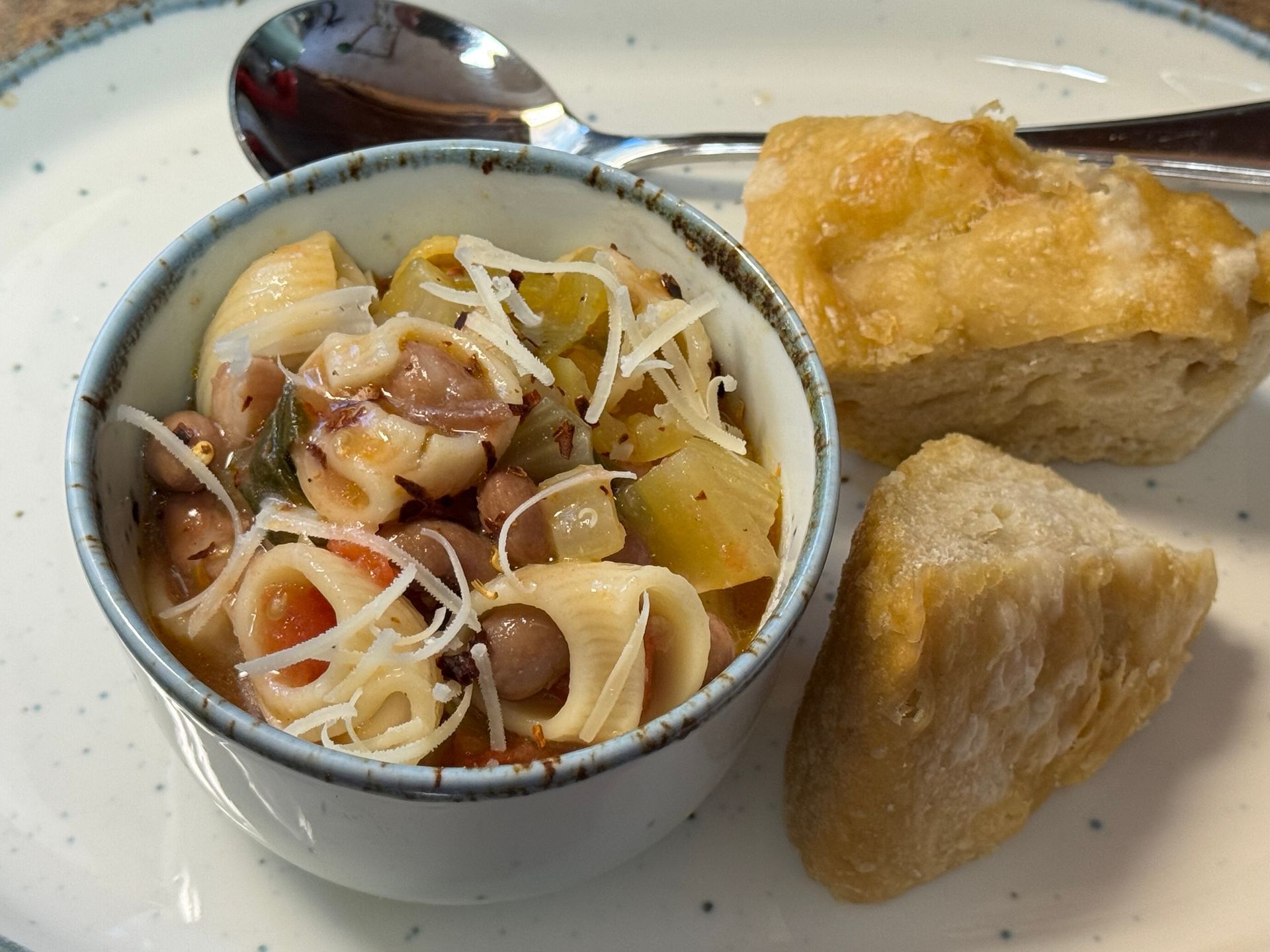
At the beginning of my career, I commuted into New York City to work in some of the finest restaurants in the country. One winter night, during a raging snowstorm, the bus got stuck, and a few of us decided to walk home — a few miles for me.
The highway was quiet, the snow falling heavy under a bright full moon. By the time I reached home, cold and very hungry, my parents were sitting at the dining room table with a steaming pot of pasta e fagioli, crusty Italian bread and a bottle of Italian red wine. Simple, humble, and absolutely perfect — the kind of meal that reminds you why food matters.
Pasta e Fagioli
I’ve always found comfort in cooking soup. During my time as an instructor at the Culinary Institute of America, I spent years researching the many styles and classifications of soup. While preparing for the Certified Master Chef exam, I immersed myself in the precision of classic consommé, and later in my career, I explored global soup traditions to understand how culture shapes flavor.
I've enjoyed pasta e fagioli many times while traveling and researching in Italy. I would categorize this as a dish, (hearty soup or stew) similar to a Mexican chili or mole rather than a soup. I especially like versions with bitter greens added for flavor and nutritional value.
My personal favorites remain the humble Italian comfort foods I grew up with — escarole and bean soup and pasta e fagioli, finished with plenty of grated Parmesan. This recipe is inspired by my mother’s cooking
Prep Time: 30 min
Cooking Time: 60 min
Yield: 6 portions
Ingredients
2 oz Pork fatback, chopped fine or Olive oil .
1 Cup Spanish Onions, small diced
1 Cup Celery, small diced
1 Cup Peppers, diced (I like spicy, long peppers)
3 Tbsp. Garlic, peeled and minced
2 Cups Plum tomatoes, chopped
2 1/2 qts Water or chicken broth
1 ea Bay leaf
2 ea. Oregano leaves
2 qts. Water
2 Tbsp Red pepper flakes
2 Cups Macaroni (ditalini or small shells)
2 Cups Leafy green such as escarole, chiffonade (optional)
2 Cups Bortlotti beans (or cannellini) (canned)
t.t. Salt & Pepper
t.t. Parmesan cheese, freshly grated
How to prepare Pasta e Fagioli
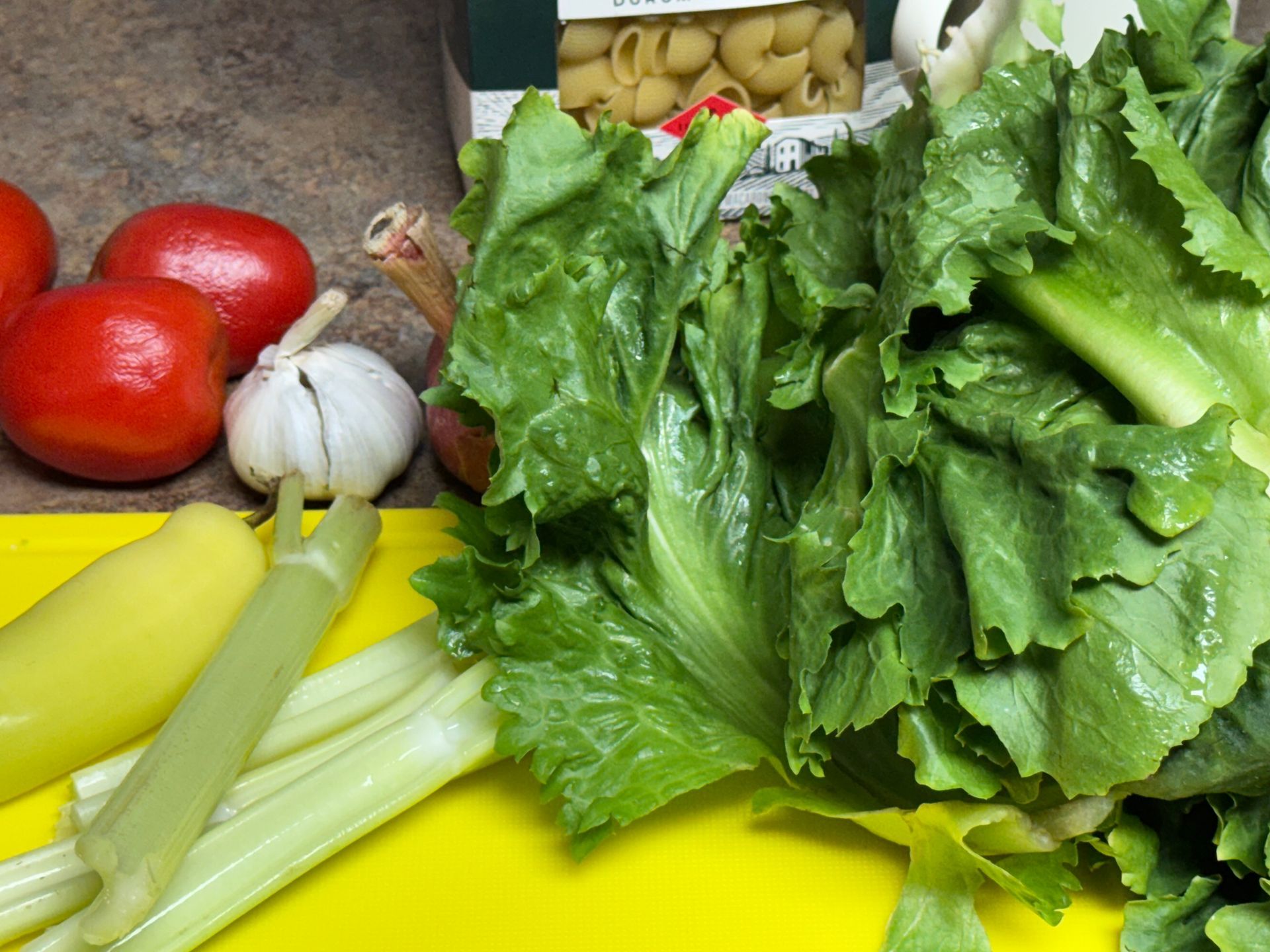
Step 1
Rinse the celery, tomatoes, escarole in cold water and strain off excess water.
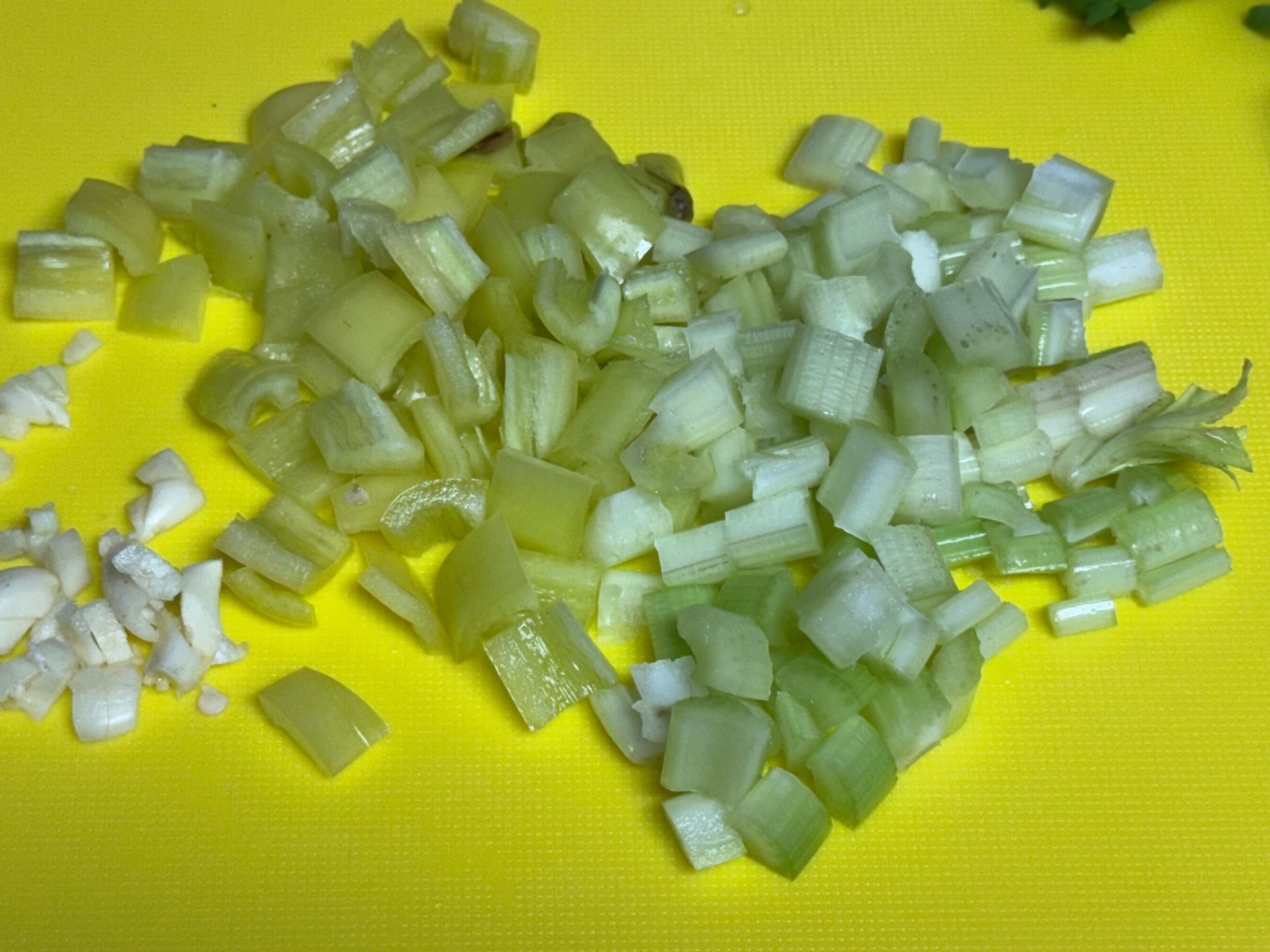
Step 2
Dice the onions, celery, peppers and tomatoes; mince the garlic. Reserve.

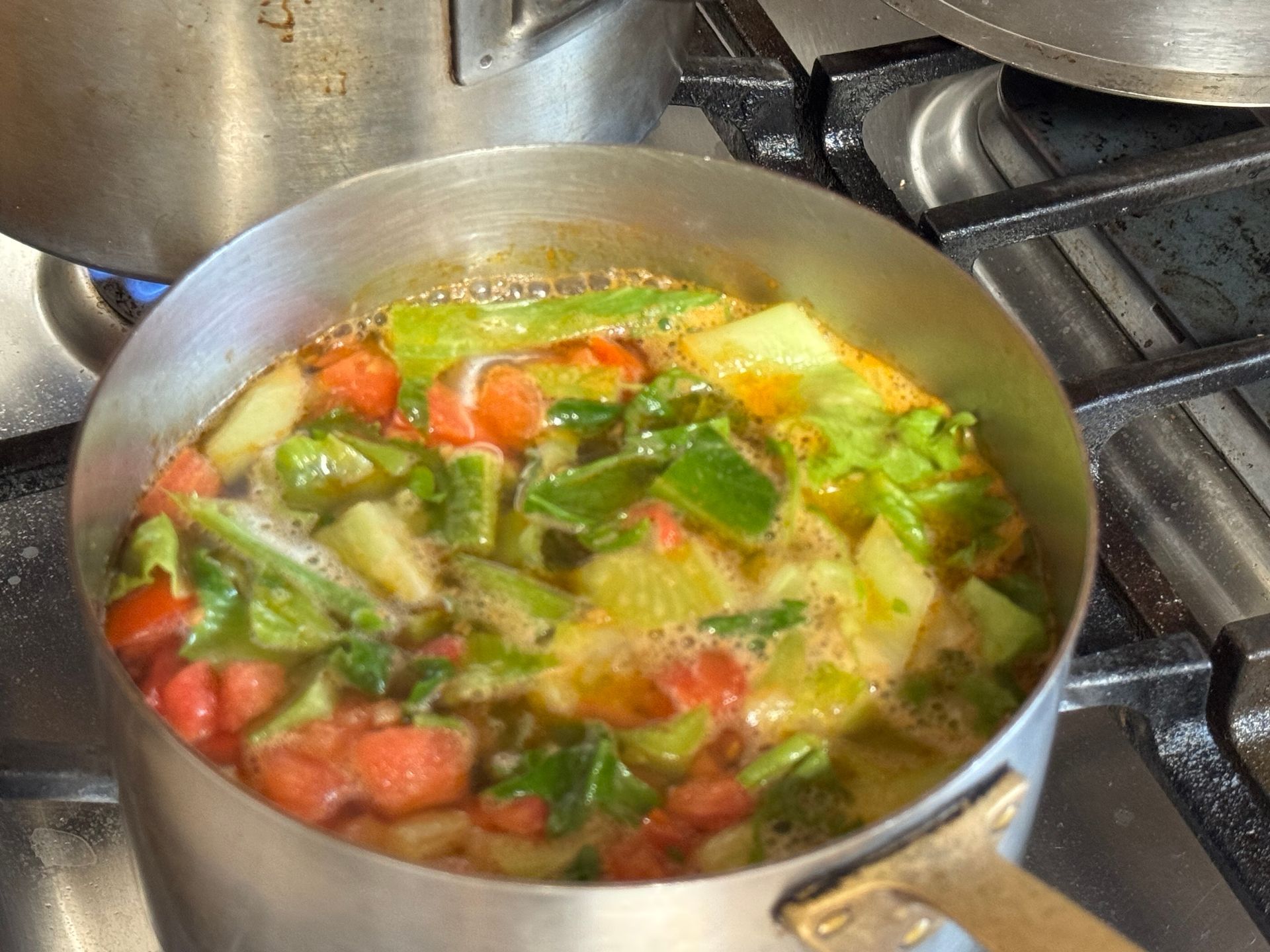
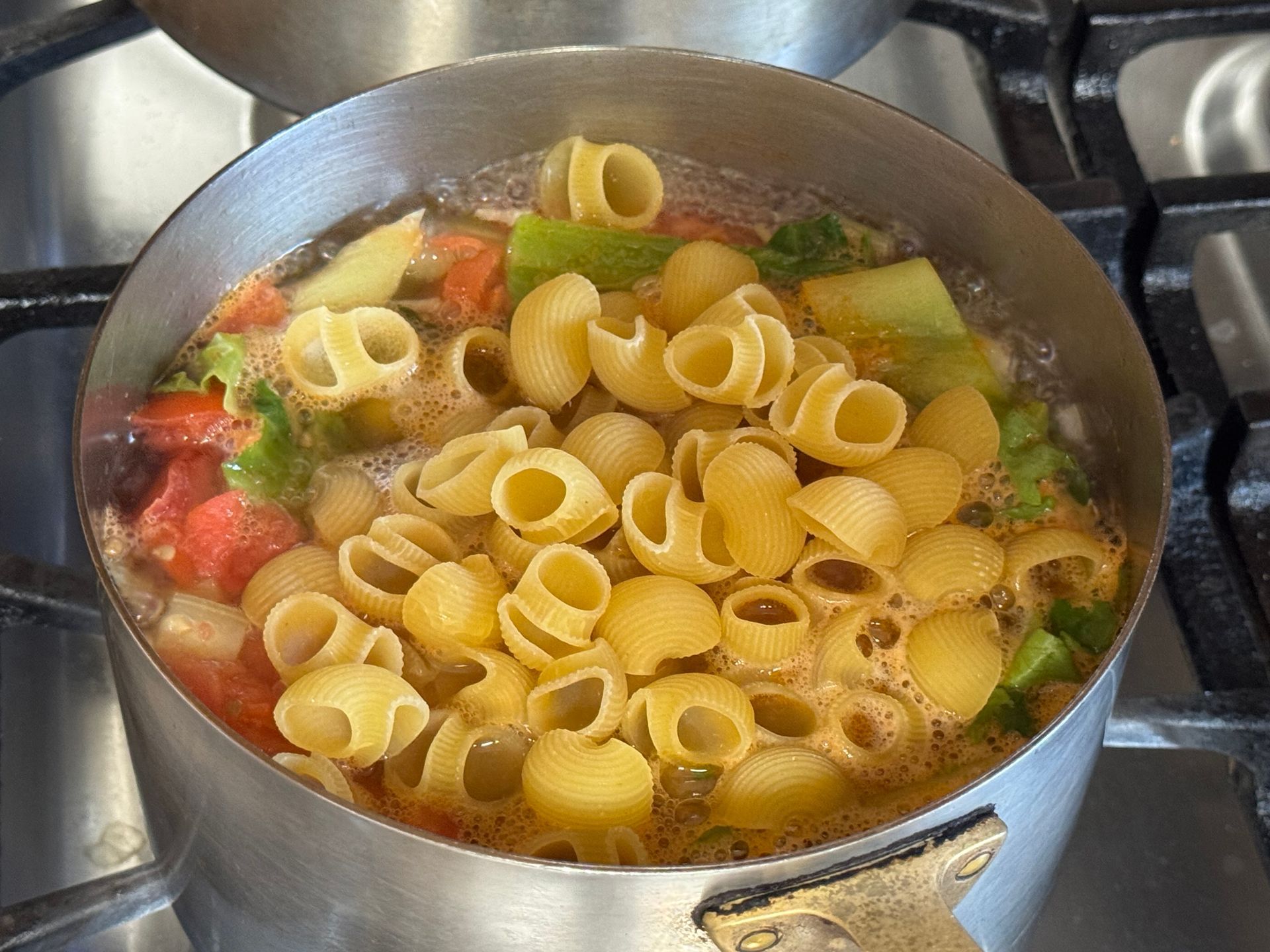

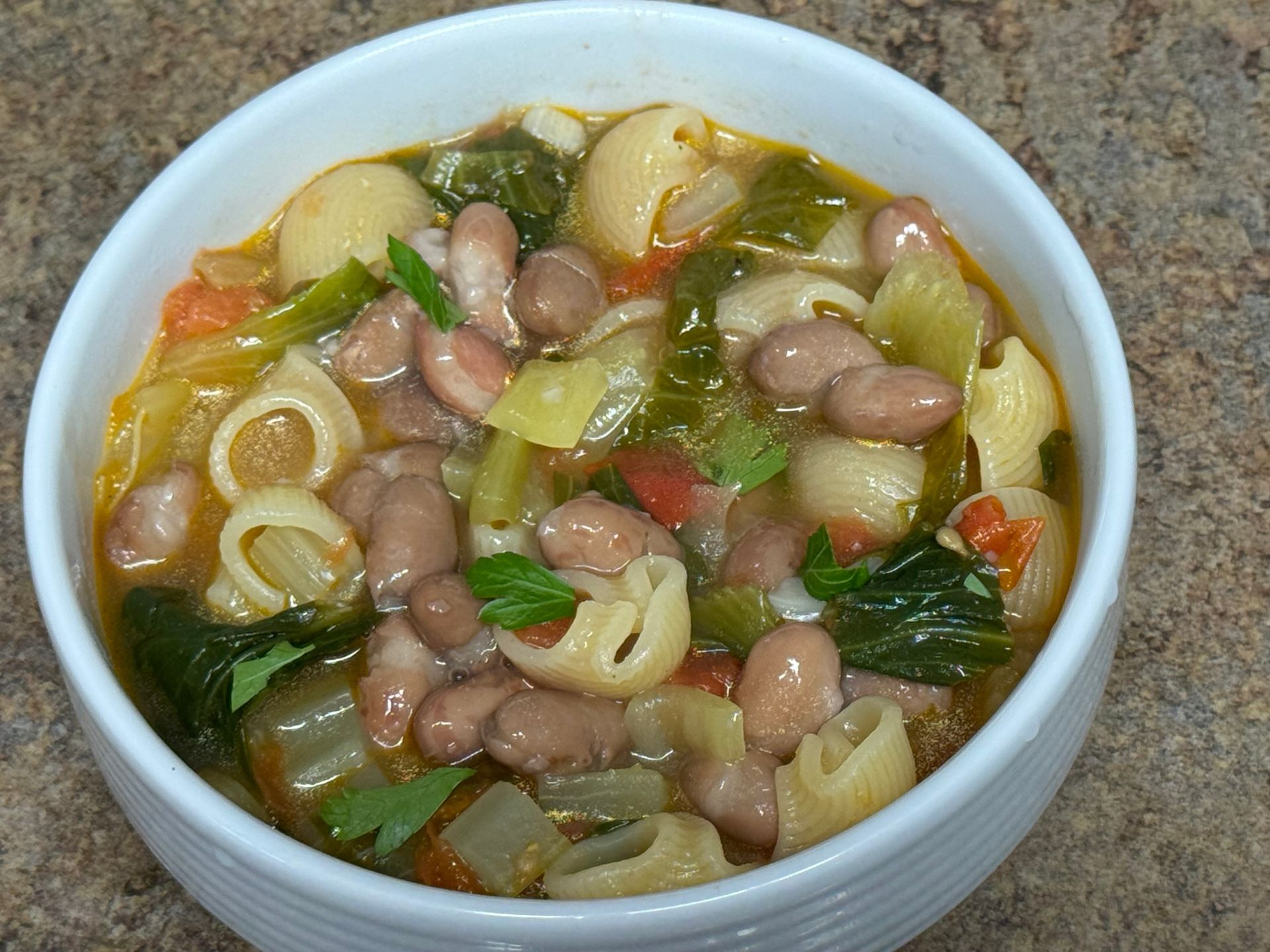
Step 3
Heat a heavy sauce pot, add the olive oil or pork fat back and render, add the onions, celery, peppers and garlic; sweat until translucent, do not brown. Stir with a wooden spoon. (about five minutes)
Add the tomatoes and cook for three additional minutes. This 'sweetening of the pot' adds tremendous flavor-it's a soffritto and an important step in preparing delicious food.
Add the water or broth, herbs and spices, bring to a simmer.
Step 4
Add the macaroni and escarole simmer for 10 minutes until the macaroni is tender.
Add the beans and cook for a few additional minutes for all of the flavors to develop together. Season to taste-the beans are salty so be careful adding salt.
This dish should be thick, but if you like, add a little additional water or stock.
Enjoy with shredded Parmesan cheese and crusty Italian bread.

